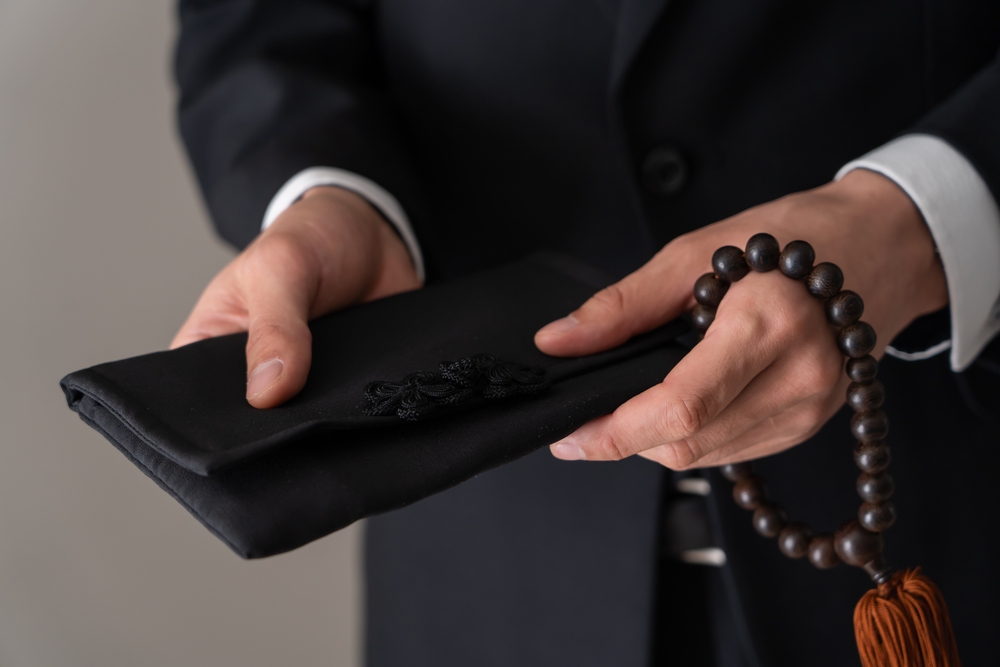5 Burial Traditions You Probably Don’t Know
Published April 11, 2022

Every religion has its own cultures and traditions when it comes to burials and cremation. Some religions prefer to bury their loved ones, and some prefer to cremate them and keep their ashes in a funerary urn.
The way we handle the deceased says a lot about the people left behind. Burial practices are a reflection of how people live. The common expression, "man comes from dust and returns to it," is arguably true. Here are some of the burial traditions of different cultures.
Burial Beads in South Korea
In South Korea, people compress the remains of the deceased into small gem-like beads of various colors, which are then displayed at home in glass containers or on dishes. It is a decorative way to keep their loved ones near them. The beads are usually black, pink, and blue-green.
Tibetan Buddhist Celestial Burials
Also known as a celestial or sky burial, this burial tradition is practiced by Mongolians and Buddhist Tibetans. The body of the deceased is divided into pieces and left to vultures to feed on. These birds are regarded as angel-like figures that take the dead person to heaven.
The Zoroastrian Funeral
This funeral practice is quite different from other traditions. In Zoroastrianism, which is the oldest Parsi religion, the body of the deceased is not cremated. Instead, it is taken to the “Tower of Silence.” The body is cleaned in bull’s urine and then lined up to be visited by Sagdid (a dog that cleanses evil spirits). The lines are moved with the help of tools rather than one's hands, and they are placed in the Tower of Silence to be eaten by vultures.
New Orleans Jazz
New Orleans celebrates death with jazz music. It fuses French and African-American traditions and involves marching bands in the ceremony. During the march, mourners move to more cathartic dancing and upbeat tunes once the deceased's body has been buried. Onlookers are also welcome to join the march and enjoy the music. This procession is referred to as the "Second Line."
Fire Burial
In a few cultures, like Balinese Hinduism, fire is regarded as a vehicle for the next birth. The Mayat, or body, is bathed and then laid out where food has been offered to it. Lanterns line the path of the deceased's hut to indicate that he or she has died, and a few village people gather to bury the deceased.
Shortly afterward, the deceased is unearthed and placed on a float decorated with flowers by the whole community. The float is then marched through the village and burned. To honor and remember the deceased, a massive feast is arranged.
Every culture has its own practices when it comes to burials and cremations. Primitive man worshiped the four elements: fire, water, sky, and earth. Similarly, these elements are also important in the burial practices of many cultures today.
Regardless of the practices you follow, the most important consideration is to ensure your loved one rests in peace.





